When to spray currants with boiling water from pests and how to do it correctly?
Preparation of currants for fruiting begins long before it wakes up from winter sleep. Pests wake up with the first warmth in spring, so preventive measures must be taken immediately. To reduce the amount of chemistry used, summer residents use old folk methods, one of which is the use of hot water at their summer cottage. We will learn how to process currant bushes in spring with boiling water and what it gives.
The main pests of currants
Spring treatment of currants with boiling water is directed against different types of pests.
- Kidney mite.
In early spring, females lay eggs in unblown buds, which is why they increase in size, look swollen out of time. By the time of blooming, the buds do not release leaves, but become loose, as if chewed.
It is unpleasant that it is possible to recognize the infection of the bushes only after the leaves are fully disclosed - the apical shoots turn out to be wrinkled, the leaves curl.
- Currant goldfish.
In the middle of summer, the larvae settle inside the shoots, making it difficult for the flow of nutrients to the peduncles and ripening berries. Branches affected by the goldfish are revealed during the flowering period. Pest control is carried out in the summer.
- Spider mite.
It feeds on leaf juices, braiding them with cobwebs. The harmful activity begins in the second half of May, if the conditions are suitable (dry air).
- Blackcurrant sawfly.
It leads a "hidden" way of life, manifesting itself only during the ripening period of berries, when its larvae settle in the fruits. Pupae overwinter in the soil of trunks.
- Willow shield.
Lives on currant shoots. Although the color of the shell is white, it is difficult to recognize the pest - it disguises itself under the brown shields of dead relatives. Winters at the base of the bush.
- Gall midges.
They are divided into three groups - flower, leaf, shoot. The larvae of the pest feed on young leaves. They overwinter in the soil under the bushes.
Why water the bushes with boiling water?
Using boiling water to prepare berry bushes for the new season helps prevent several potential problems:
- relieves shrubs from the kidney mite wintering in the kidneys - the "leader" of the useful berry parasites;
- reduces the number of colony of currant aphids, concentrating on the surface of the trunks, where it hibernates;
- significantly reduces the number of spores of fungal diseases in the soil, including powdery mildew.
Pouring boiling water over currants is the best way to defeat a bud mite, which can completely ruin the expected crop in a short time.
Positive results include an increase in the immunity of the shrub to fungal and viral infections, the appearance of a larger number of peduncles, an improvement in the taste of the berry, and an earlier time for the awakening of the bush.
When to process?
In order not to harm the currants, the treatment is carried out until the buds swell, in early spring, when the snow begins to melt. The terms from early March to mid-April are considered favorable:
- South of Russia - end of February and first decade of March;
- Moscow region - March 10-15;
- Central regions - the second decade of March;
- Eastern Siberia - early April;
- Ural and Western Siberia - April 5-10;
- Central Siberia - April 10-12.
The given dates are approximate enough, they are more accurately determined based on local conditions and weather characteristics.
Sometimes they are guided by the recommendations of the lunar calendar, but with the amendment that they are intended in most cases for the conditions of the Middle Band.
You do not need to wait for the massive melting of snow to begin, but to carry out processing as soon as the average daily temperature approaches zero. The movement of juices has not yet begun in the currants, and the bud mite is dormant in a winter shelter - the ground under the trunks. The bush will not suffer in any way, and the pest will die.
For processing, choose a dry day, preferably cloudy, calm. In sunny weather, residual moisture on the branches can cause burns, and the wind, even moderate wind, will carry some of the hot water away from its intended purpose.
Method of spring treatment of currants with boiling water
Before you put the water to heat, carry out the following activities.
- The bushes are cleared of branches that are broken in winter or frozen.
- Cut out old shoots.
- The branches are examined to identify abnormally swollen buds (it is in them that pests hibernate) and to remove them.
- The bush is tied up to a diameter of 60-80 cm, avoiding tight contact of the branches.
- The soil under the bushes is loosened, and between them they dig deeply.
- When the roots are close, the trunk circle is covered with thick polyethylene, wooden or plastic shields.
- Think over the scheme of movement between the bushes so as not to damage the already drenched plants.
The ideal option is when the summer resident marks the bushes suffering from fungal infections in the fall, inhabited by aphids and kidney mites.
It is worth remembering the basic rules for pouring boiling water.
- Processing time should not exceed 5 seconds.
- 3-3.5 liters of hot water are poured onto one young compact bush, an adult bush needs 5 liters of water. That is why the bushes are tied up before processing - the pests do not have time to escape on the shoots not covered by a hot shower.
- The distance between the watering can divider and the treated shoot is about 10 cm.
You cannot water it again with boiling water, even if some branches remain untreated. Although moisture evaporates quickly, the wood of the shoots has time to warm up. When you shower again, hot water will already penetrate the kidneys and damage them.
How to process currants with boiling water
It is better to heat water in buckets. The heating method does not matter (gas or wood stove, electric boiler).
The term "boiling water" should not be taken literally: freshly boiled water leaves burns on the branches. Heating 70-80 ° C is considered optimal, therefore, when processing bushes, the temperature is controlled with an ordinary water thermometer.
The process requires some skill as the water does not have to cool too much.
- Boiling water is poured into metal watering cans. Plastic ones are not suitable because they deform when exposed to high temperatures. Bucket watering will be uneven, some of the shoots will remain untreated. The optimal volume of the watering can is 10 liters, it will allow you to spray three young or two adult bushes at a time.
- The watering can should be equipped with a spray nozzle that forms a shower, but not a jet.
- Not only the branches should get under the hot shower, but also the base of the bush.
When processing the currants very early (before the snow melts), the ground under the bushes is not watered with hot water.
What can be added to the spray water?
They enhance the effect of spraying the bushes with boiling water using the usual means of plant disinfection:
- manganese-sour potassium - 0.1 g / 10 l;
- copper sulfate (copper sulfate) - 3 g / 10 l;
- salt - 5 g / 10 l;
- baking soda or soda ash - 50 g / 10 l;
- iodine 5% - 10 ml / 10 l;
- urea - 50 g / 10 l.
Hot water will not reduce the healing properties of the substances, but will facilitate their rapid dissolution.
Other heat treatment methods
A small number of bushes (2-3 pcs.) Can be processed in other ways using high temperature.
- Hot steam
The currant bush is covered with a plastic wrap tent, and a bucket of boiling water is placed at the base of the bush.The entire bush is enveloped in steam, which cools down after a period of time sufficient for the pests to leave their shelters.
Summer residents, who have steam generators in their arsenal of technical means for pre-sowing disinfection of soil in greenhouses, successfully use them for spring treatment of currants from pests instead of the traditional shower with boiling water.
- Blowtorch
The bushes are also treated with a blowtorch (or gas torch) before the buds awaken. An open fire is directed to the shoots, without bringing it closer than 10-12 cm. The flame is carried out along each branch 2-3 times. Skills of working with the device are required. You need to work quickly, without stopping.
When processing with fire, extreme care is taken not to burn the bushes.
- Hot air
The women's journey to business is to use a powerful hair dryer. An extension cord with a long power cord is required. A feature of powerful hair dryers is the temperature of the order of 100-120 ° at the nozzle outlet. Holding the device at a distance of 15-20 cm from the shoots, you can quickly and efficiently carry out a complete treatment of the bush. True, from the point of view of energy costs, the method cannot be called low-cost.
Security measures
Working with boiling water, safety measures are observed.
- Small children and pets are removed from the treatment site.
- After developing the route, check the condition of the tracks. If necessary, sprinkle them with sawdust or lay with straw.
- The watering can is held in front of them with outstretched arms.
- A metal ladle is used to add water.
To process currant bushes with boiling water, you have to overcome some difficulties. First of all, it is important to get to the summer cottage on time. Sometimes the main difficulty is heating enough water. But this does not stop the supporters of ecological farming: the effectiveness and efficiency of the old-fashioned method has been proven by time.
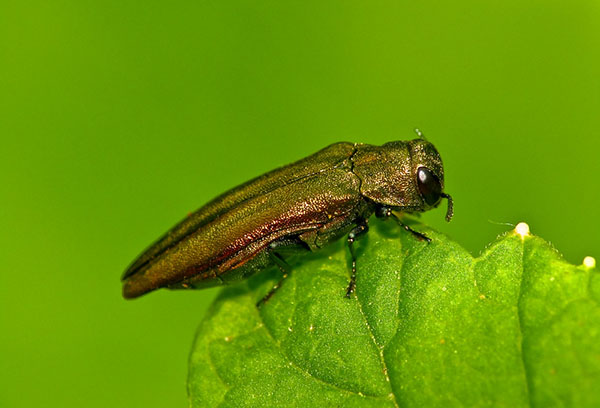
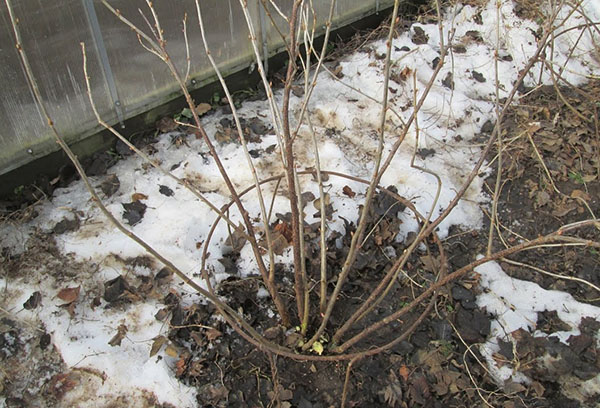
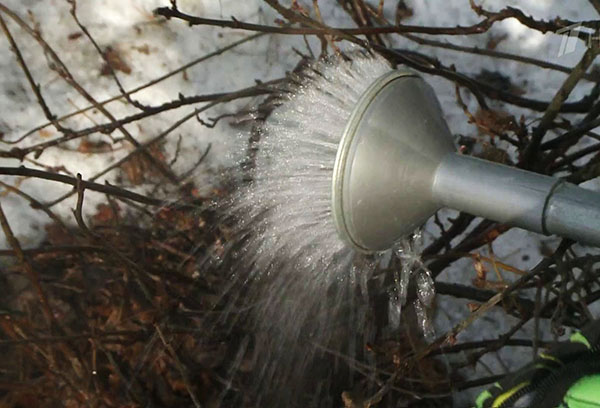
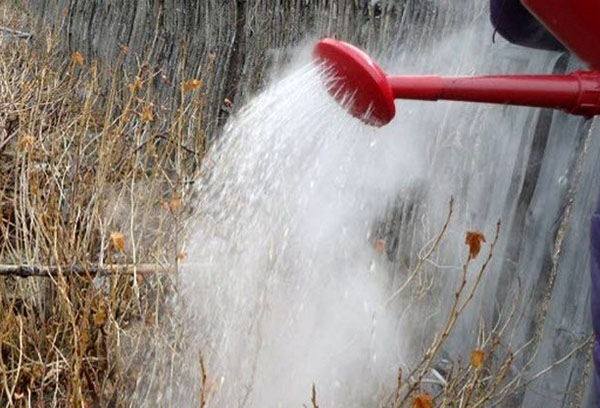
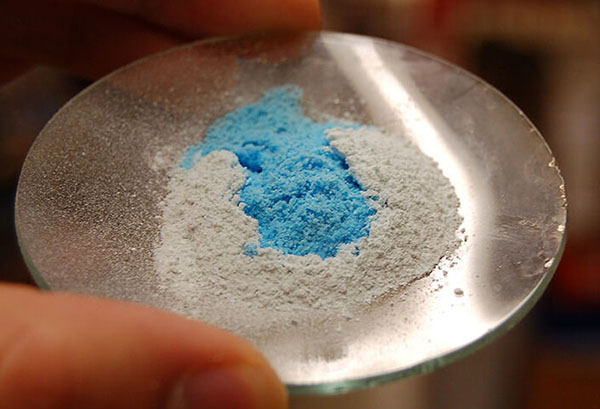
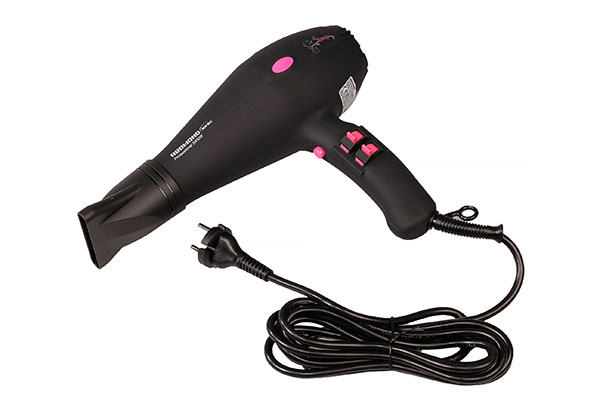
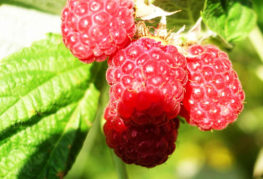
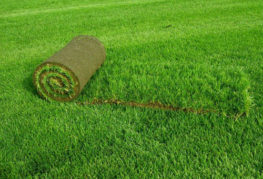
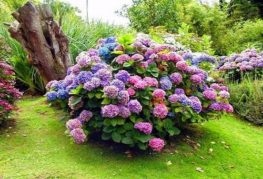
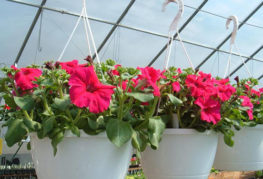
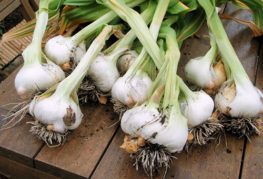
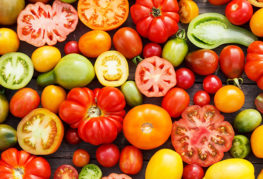
and will be published shortly.